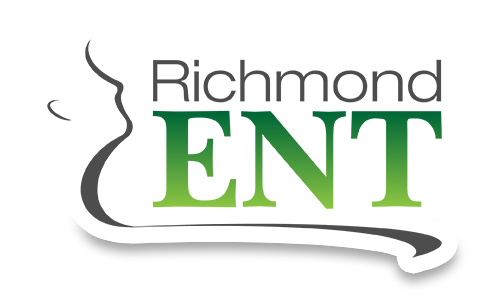What are nasal turbinates?
Turbinates are natural, scroll-like shelves of tissue inside your nose. They:
-
Warm, humidify, and filter air before it reaches your lungs.
-
Regulate airflow and help you breathe comfortably.
When turbinates become chronically enlarged (hypertrophy), they may cause persistent nasal blockage that doesn’t improve with allergy sprays or decongestants.
Symptoms of turbinate hypertrophy
-
Constant nasal congestion (often worse at night or lying on one side)
-
Mouth breathing and snoring
-
Reduced sense of smell
-
Frequent “stuffed nose” sensation despite allergy or sinus treatment
-
Dependence on nasal sprays or strips
Causes
- Chronic Sinusitis
-
Deviated septum (turbinates may enlarge to compensate)
-
Environmental irritants (smoke, pollution, weather changes)
-
Vasomotor rhinitis (non-allergic inflammation)
Why careful treatment matters
Turbinates are important for normal nasal function. If they are over-reduced or removed, patients can develop a rare but serious problem called Empty Nose Syndrome (ENS). This condition causes paradoxical obstruction (feeling blocked despite an open nose), dryness, and breathing discomfort.
At Richmond ENT, we focus on tissue-sparing procedures that restore airflow while preserving healthy function.
Office-based treatment options
Modern technology allows many patients to be treated comfortably in our office with minimal downtime.
1. Cautery (Radiofrequency or Electrocautery)
-
Reduces excess tissue volume by gently heating the turbinate lining.
-
Quick procedure under local anesthesia.
-
Minimal bleeding, most patients resume activities within a day.
2. Outfracture
-
The turbinate bone is gently repositioned outward, widening the airway.
-
Often combined with cautery for improved results.
3. Rhinaer®
-
Uses radiofrequency energy to target the posterior nasal nerve (PNN) area.
-
Reduces nasal inflammation and over-reactivity in patients with chronic rhinitis.
-
Helpful when congestion is driven by nerve sensitivity rather than just tissue bulk.
4. VivAer®
-
Temperature-controlled remodeling of the nasal valve area.
-
Often performed along with turbinate procedures when both valve collapse and turbinate swelling contribute to obstruction.
-
Improves airflow by reshaping tissue support inside the nose.
5. Neuromark®
-
Advanced radiofrequency device that precisely ablates branches of the posterior nasal nerve.
-
Designed to reduce runny nose and congestion while minimizing tissue damage.
-
Tissue-sparing alternative for chronic rhinitis and turbinate over-reactivity.
Surgical options
For severe or persistent enlargement, procedures may be performed in the operating room, often combined with septoplasty or sinus surgery. Techniques include submucous resection (removing part of the internal turbinate bone) or partial turbinectomy, with care taken to preserve mucosal function.
Recovery and expectations
-
Office procedures: Typically back to work within 1–2 days. Mild congestion, crusting, or soreness are common.
-
Surgical procedures: 1–2 weeks of recovery. Swelling and congestion improve gradually over weeks.
-
Long-term: Most patients notice easier breathing, reduced need for sprays, and improved sleep.
Are you a candidate?
You may benefit if you:
-
Have persistent nasal congestion not relieved by medications.
-
Depend on daily sprays, strips, or decongestants.
-
Have been diagnosed with turbinate hypertrophy or chronic rhinitis.
-
Have symptoms that affect sleep, exercise, or quality of life.
Why choose Richmond ENT?
-
Tissue-sparing philosophy – We treat turbinates with care to avoid complications like empty nose syndrome.
-
Comprehensive options – From medical therapy to advanced in-office procedures and surgery.
-
Experienced ENT surgeons – Leaders in adopting safe, effective new technologies (Rhinaer®, VivAer®, Neuromark®).
-
Coordinated allergy and sinus care – One location for evaluation, imaging, and treatment.
Ready to breathe easier?
Request an appointment online or call 804-622-3782 to explore your options for treating large turbinates. Our team will recommend the least invasive approach that provides lasting relief while protecting your nasal function.
